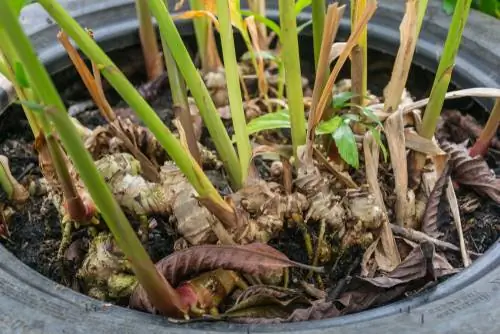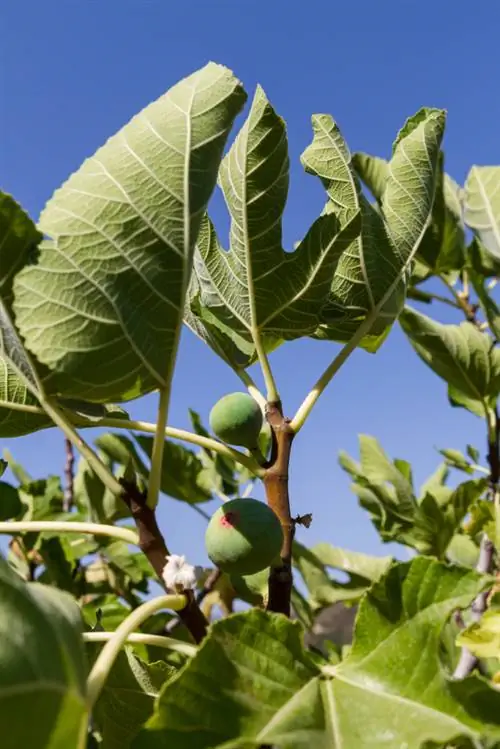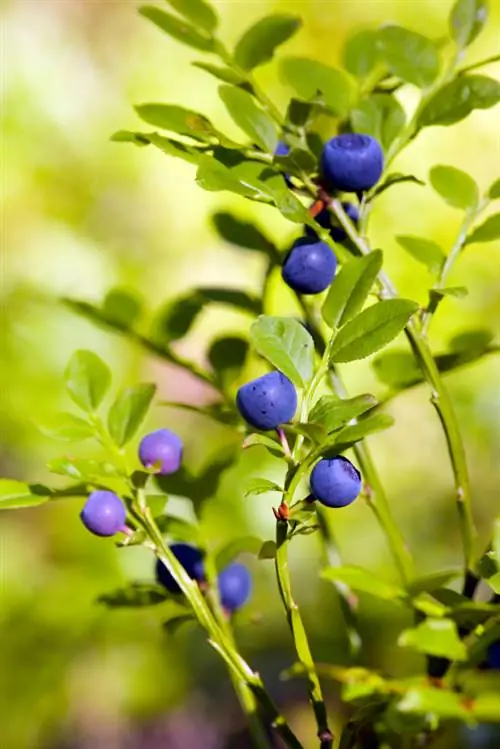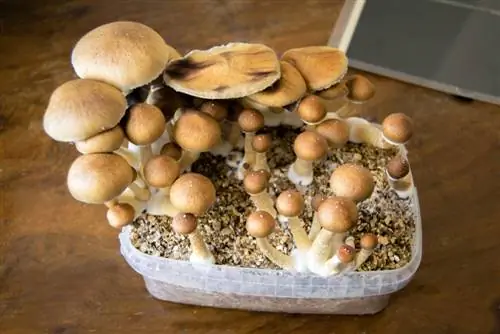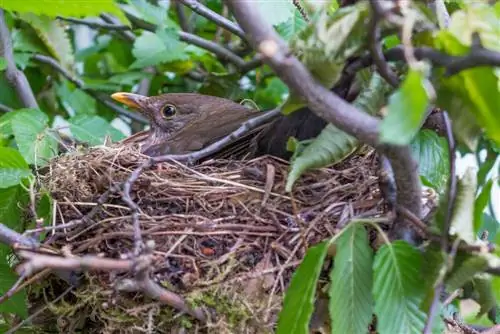- Author admin [email protected].
- Public 2023-12-16 16:46.
- Last modified 2025-01-23 11:21.
Sequoia trees delight with their exceptionally tall growth as well as their fine needles and reddish bark. By propagating it, you can help ensure that this impressive tree species will continue to exist for many centuries to come. You can find out how to do this below.

How to propagate a sequoia tree?
To propagate a sequoia tree, there are two methods: cuttings and seeds. Take cuttings in September or October and use a rooting aid. Alternatively, stratify seeds before sowing and sow them in growing soil with coconut soil.
Ways to propagate the sequoia tree
There are two methods for propagating the sequoia tree:
- propagation by cuttings
- propagation by seeds
Propagation by cuttings
The cuttings required for another sequoia tree are best taken from your old specimen in September or October. Only choose branches that are at least 15 to 20 centimeters long. Then follow the following steps:
- Cut the head cutting at an angle to ensure a large rooting area
- You can buy a hormonal agent, a so-called rooting aid, from specialist retailers (€33.00 at Amazon). Apply this to the cut site to promote root formation
- Enrich the potting soil with coconut soil, humus or sand, place the young cuttings in it and keep the soil moist throughout
- Choose a location that is flooded with light (e.g. the windowsill) to store the pot. A normal room temperature is sufficient. Avoid dry heating air
- If young shoots form, it is time to repot the sequoia tree. To do this, enrich the soil with nutrients
- In spring you can get your sequoia tree used to the fresh air. But it is still too early to fully plant it in the ground. Place the pot in a bright place, but not in direct sunlight
Propagation by seeds
- Before you sow the seeds, they must be stratified. To do this, simply store the seeds outside in winter or speed up the process by storing them in the refrigerator (note the sequoia species regarding the stratification time)
- Temperatures of 5-8°C are optimal. It is best to store the seeds in a can or wrap them in a cloth
- Then soak the seeds in water for a day
- Here, too, you first need growing soil, which is ideally enriched with coconut soil. Place the seeds on the surface, the sequoia is a light germinator
- Choose a bright location and keep the substrate permanently moist
- After about six to eight weeks you can prick out the young shoots
Note: Sequoia seeds are more prone to mold formation. A mixture of bird sand or activated carbon with growing soil prevents the risk. If no shoots appear after two months, the seeds are useless
Good luck and have fun with the sequoia tree you grew yourself.


